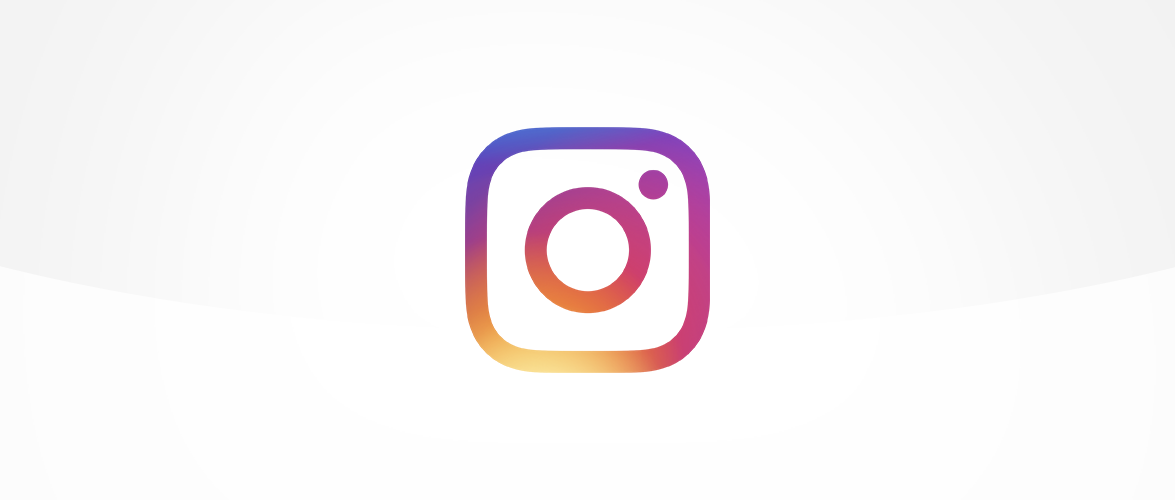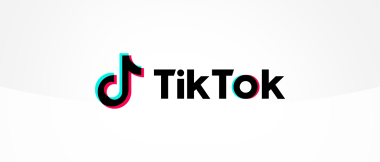Instagram is one of the most popular social media apps on the planet, and its numbers are only increasing.
So what is Instagram, and what are the risks involved? Here's everything you need to know.
![]()
What is Instagram?
Instagram is a free photo- and video-sharing social media app owned by Meta.
It’s grown rapidly since its launch in 2010 and now has about 1 billion active monthly users, of which 500 million use it every day – making it the second most popular social media app in the world.
Photo sharing was Instagram’s main focus and is still the biggest draw for many users today. Users can post photos on their personal feed by taking a picture directly in the app or uploading one from their phone’s photo album. They can then choose to apply filters and other photo-enhancing tools to customise the image.
You can also tag your friends, add your location and share the image to other social media platforms such as Facebook and Twitter, if you choose. After that, you can add a caption and share with your followers. There is also a direct messaging feature which allows you to share photos or posts with individual followers.
What are the other main features of Instagram?
Stories
In August 2016, Instagram launched Instagram Stories. This game-changing and massively popular feature allows users to take photos or videos which disappear after 24 hours.
Users can take photos and videos, apply filters and location geo-tags and then post them to their Story. Once the 24 hour period is over, saved Stories can be viewed by the user in their Archive.
Young people may think that because a Story only lasts for 24 hours, it’s less permanent than other posts. However, there’s nothing to stop someone else taking a screenshot of a Story, so they should still be certain that what they’re sharing is something they are happy for others to see.
Live
Instagram Live is a feature within Instagram Stories that allows users to stream video to followers and engage with them in real time.
By default, Instagram will share your live stream in public and allow messages from anyone. You can adjust this by tapping the Settings icon in the upper right corner. Here, you can choose to hide your Story from particular Instagram users, as well as limiting message replies only to people you follow.
You can also turn message replies off altogether, if you’re only interested in sharing your video and not getting responses from live viewers.
Reels
Reels is a feature within the Instagram app which allows users to record videos (up to 15 minutes in length) in the app's camera and add music, a feature akin to TikTok. Users can then edit the video adding filters, captions, hashtags and changing the speed. They can use music from Instagram's library or upload their own.
Reels can be shared publicly, and featured in the Explore tab - or kept private. For people who only want to share with their friends, Reels can be posted to your feed, added to your Story, or sent via direct messages.
As of July 2022, all video posts on Instagram automatically become Reels.
Why is Instagram so popular?
Instagram has skilfully positioned itself as the perfect place for people to showcase their lives – and to peek into the lives of others. Celebrities and influencers use it to project a glamorous image of their world and to give followers a glimpse of what it’s like to be them. In recent years, it has also become a powerful tool for brands and advertisers to reach the public.
But even outside of the airbrushed celebrity world, Instagram has succeeded because people just really like sharing – and viewing – photos. Instagram makes that easy, and 95 million of them are shared on the platform every day.
It’s also been quick to add new features when users demand them – with video and Stories being the two big ones.
Listen to Parent Zone's podcast, Tech Shock.
What do parents need to be aware of?
Age restrictions
Children should be 13 years old before they can create an account. The only exceptions are if you want to set up an account representing your child, but for most people this is unlikely.
However, Instagram doesn’t require users to verify their age, just enter a birth date – so it would be easy for someone below the age of 13 to use the platform.
They have also introduced new AI learning to identify accounts that could be underage.
Instagram provides a form on their site you can fill out if you want to report an underage account.
Privacy settings
If your child is under 16, their account will be made private by default. Users under 18 will be prompted to consider making their account private. When an account is private, your child’s photos and videos will only be seen by approved followers.
Even if your posts are private, anyone can see your profile photo, username and bio. It may be worth having a discussion with your child about what is appropriate for them to say and show on their bio screen.
The Add Location feature allows users to specify where the photo they are posting was taken. Encourage your child to think carefully about whether this is something they really want people to know.
Parental controls
'Supervision' is a feature which links a parent's Instagram account to their child's account. Supervision offers a number of parental controls, and also provides parents with insight into how their child uses the platform.
Once your profiles are linked you'll be able to see:
- Accounts which your child has blocked
- The time they've spent on Instagram
- Any new followers
Supervision allows you to schedule breaks for specific parts of the day (like just before bed, or during study time), and also lets you set a daily time limit for your child.
You'll have the option to adjust your child's privacy settings, as well as toggling a 'sensitive content control' – this filters out content which Instagram has identified as being better suited to more mature audiences.
To activate Instagram's Supervision feature you will need your own Instagram account.
Inappropriate content
Instagram does have a set of community guidelines, which forbid the posting of nude images, as well as stating that Instagram “is not a place to support or praise terrorism, organised crime, or hate groups”, among other things.
They have a new ‘hidden words’ feature that will filter out any direct messages deemed to contain abusive language. You can set what words you want to be hidden as well.
However, there’s no way to filter content on Instagram's feed beyond unfollowing people whose posts you don’t want to see – so a 13-year-old using it could see exactly the same content as an adult.
With such a vast amount on offer, it is possible your child could see something inappropriate. Sexualised images, for instance, are common.
Blocking
You can block people on Instagram. If you block someone , they won't be able to see your profile or search for your account.
You can also filter out comments. In the "Comment controls" section of the app settings, users can choose to: allow comments from everyone; people they follow and those people's followers, or just the people they follow or their followers. Users can also remove comments entirely from their posts. Comment controls also allow users to hide comments that contain specific words or phrases.
Instagram also recently introduced a new feature that prevents adult users from direct messaging someone under 18 unless that user follows them.
Reporting
You can report anyone who is not following Instagram’s community guidelines and terms of use. Reasons for reporting a post falls under two categories: it is spam or it is inappropriate. Reporting is completely anonymous, so the person you report will not know that you have done so.
Activity
In August 2018, Instagram (and its owner, Meta) launched a feature that enables you to see just how much time you spend on their mobile apps.
The feature gives you an overview of your usage for the previous seven days, as well as a daily average. It gives you the option to set a daily reminder, enabling you to set time limits for yourself ranging from one minute to 12 hours. Once you’ve reached your limit you will be sent a notification, although this can be ignored.
Body image issues
Instagram has been accused of contributing to the rise in body image issues among young people. Celebrities can post images that have been heavily edited, professionally styled and often retouched, giving an idea of beauty that is both unreal and unattainable for most people, while young people themselves can obsess over taking the perfect selfie.
Instagram has launched some new resources that tackle eating disorders and bullying.
Think about discussing how much of Instagram’s content is heavily edited. The videos and photos they are seeing are not necessarily representative of that person’s ‘real’ life.
Spot something that doesn't look quite right? You can email librarian@parentzone.org.uk to submit comments and feedback.
This article was last updated on 15/08/23.


